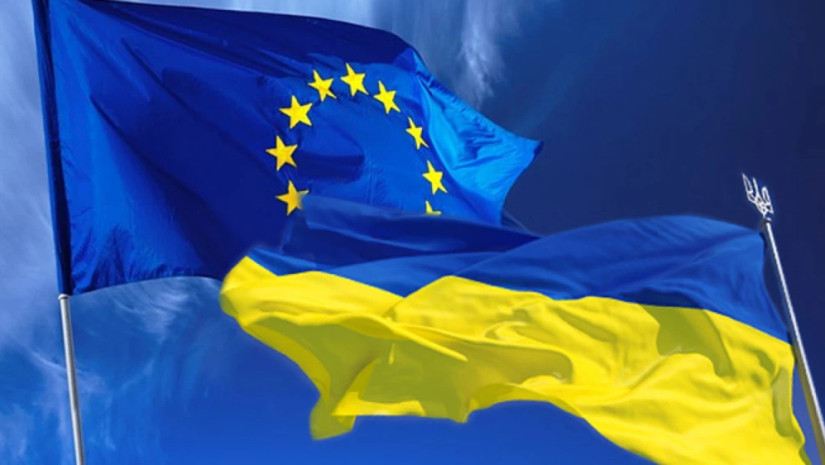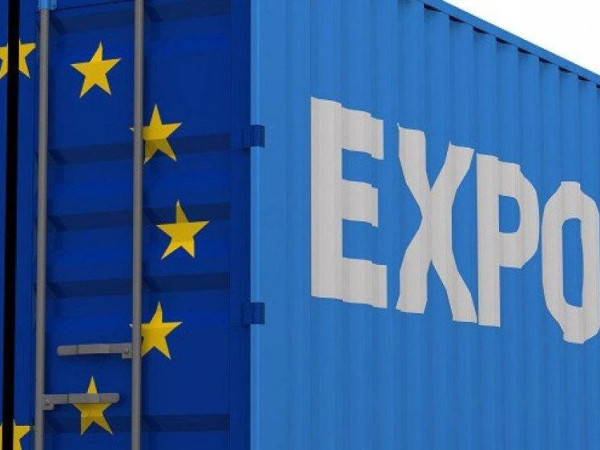EU trade with Ukraine has been strongly affected since the start of Russia's invasion. Between February and March 2022, there was a noticeable disruption, resulting in a sharp drop in Ukraine’s share in both EU imports and exports (-39% and -55%, respectively), reads the recent publication of Eurostat, the Statistical Office of the European Union.
In December 2022, Ukraine’s share in extra-EU exports surpassed the previous year's figures and, following declines in the first months of 2023, culminated in a peak in March 2023 (1.7%).
Meanwhile, Ukraine’s share in extra-EU imports dipped slightly in January 2023 compared with January 2021 (0.9% compared with 1.0%), while remaining consistent in February and March 2023 compared with pre-war levels (all 1.0%).
Q1 2023 vs. Q1 2022: Ukraine's rising share in key extra-EU imports
Analysis of trade in six key products, chosen for their significance in total extra-EU imports, showed an increase in the share of Ukraine in five of them when comparing the first quarter of 2023 (Q1 2023) with the same period of 2022 (Q1 2022).
This increase might be due to the EU’s regulation which entered into force on 4 June 2022 until 5 June 2023. This regulation allows open trade with Ukraine without restrictions and stops any measures that were previously in place to protect EU industries.
The most substantial increase was for soya bean oil, which rose by 19.2 percentage points (pp) (51.6% in Q1 2023 compared with 32.4% in Q1 2022). Other notable increases were rape or colza seeds (+11.9 pp; 16.8% compared with 4.9%), sunflower oil (+10.5 pp; 86.1% compared with 75.6%), wood (+2.9 pp; 11.9% compared with 9.0%), and maize (+0.6 pp; 71.1% compared with 70.5%).
However, the share of iron and steel imports from Ukraine decreased by 3.1 pp (4.0% compared with 7.1%).















